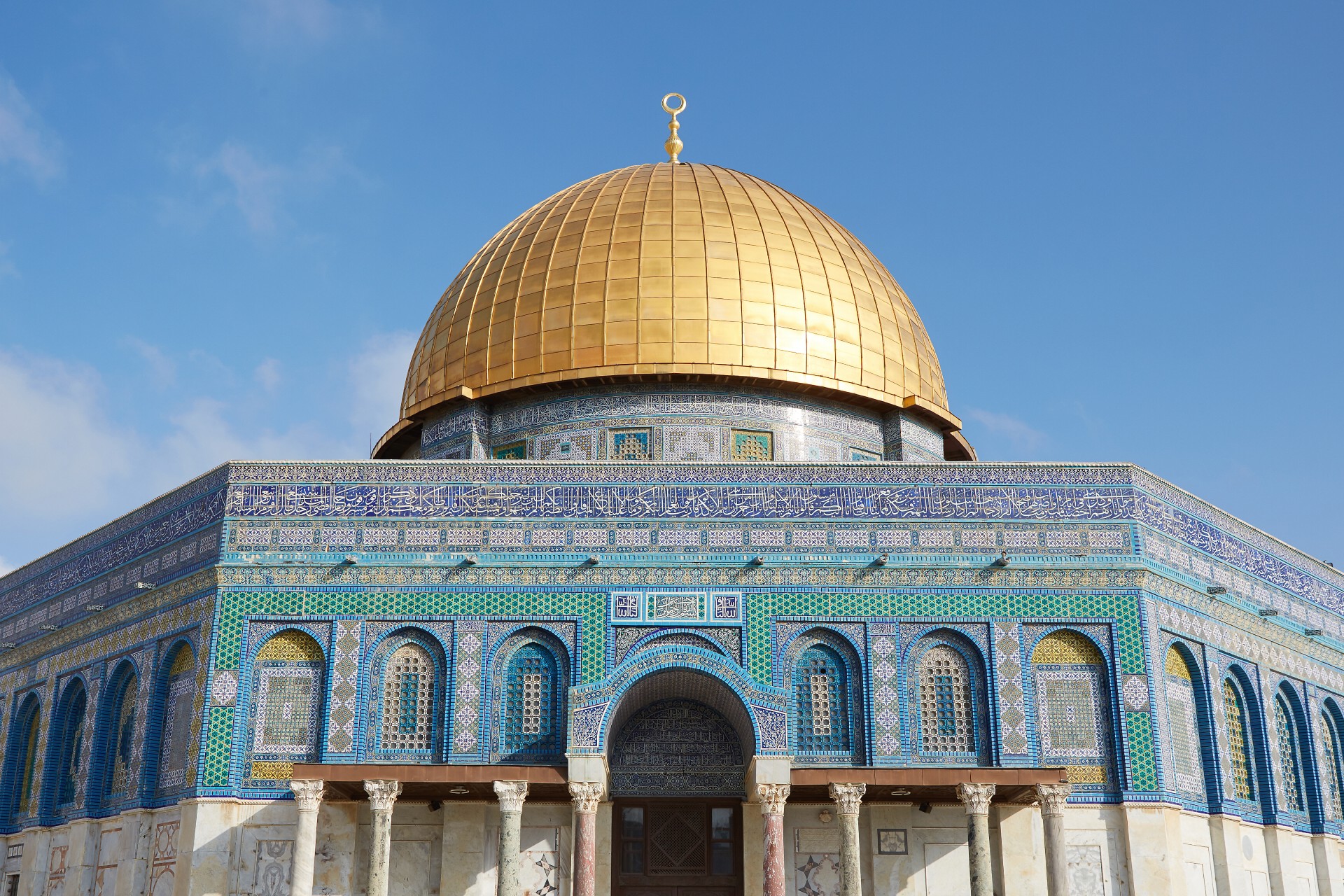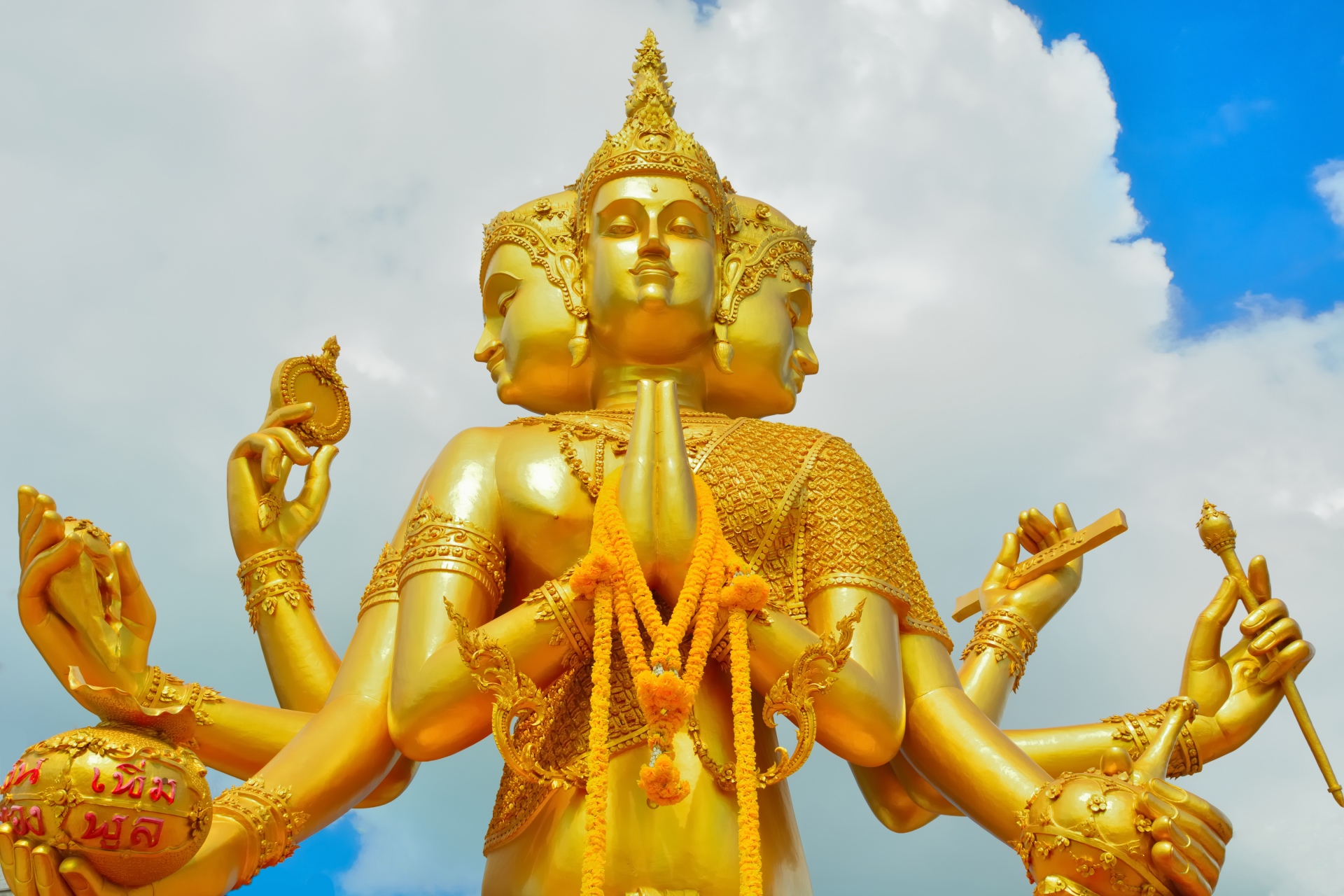Learning objective
- To identify how some religious worldviews refer to and represent God.
Success criteria
- I can recall and explain how some Christian,
This content is for subscribers only. Join for access today.
Religious Education Council Curriculum Framework for RE in England (non-statutory guidance):
- A3: Recognise some
This content is for subscribers only. Join for access today.
Cross-curricular links
English
Spoken language
Pupils should
This content is for subscribers only. Join for access today.
Before the lesson
This content is for subscribers only. Join for access today.
Lesson plan
Recap and recall
Display the Presentation: Making links and encourage the children to discuss in pairs any links between the images.
This content is for subscribers only. Join for access today.
Extended-mode explainer videos
How to extend your display to view the lesson page and preseantion mode simultaneously. Choose your operating system below to watch the video
If you need further support with extending your display,
please contact [email protected].
Extended-mode explainer video: For Mac
Extended-mode explainer video: For Windows
Adaptive teaching
Pupils needing extra support
Could look at the Knowledge organiser: Religion and worldviews: What do some people believe God looks like? at the start of the lesson; could have a particular pair of cards to look for, for example, those images showing Islamic art.
Pupils working at greater depth
Should explain what the paired cards represent in terms of incarnation within the religion they belong to with each successful pairing; should make connections between cards, such as Brahma being a creator of nature and nature in Islamic art.
This content is for subscribers only. Join for access today.
Assessing progress and understanding
Pupils with secure understanding indicated by: recognising and explaining how
This content is for subscribers only. Join for access today.
Vocabulary definitions
-
church
A special place where Christians gather for prayer, learning, celebrations and community events.
-
mandir
A special place where Hindus gather for prayer, learning, celebrations and community events.
This content is for subscribers only. Join for access today.
In this unit
Assessment - R&W Y1: What do some people believe God looks like?
Lesson 1: How might ideas about God be represented?
Lesson 2: What do some Muslim people believe about God?
Lesson 3: What do some Hindu people believe God looks like?
Lesson 4: What do some Christian people believe God looks like?
Lesson 5: Do people all share the same beliefs about what God looks like?
Lesson 6: Why do people have different names for God?
Year 1: Why is Christmas important to so many Christians?





